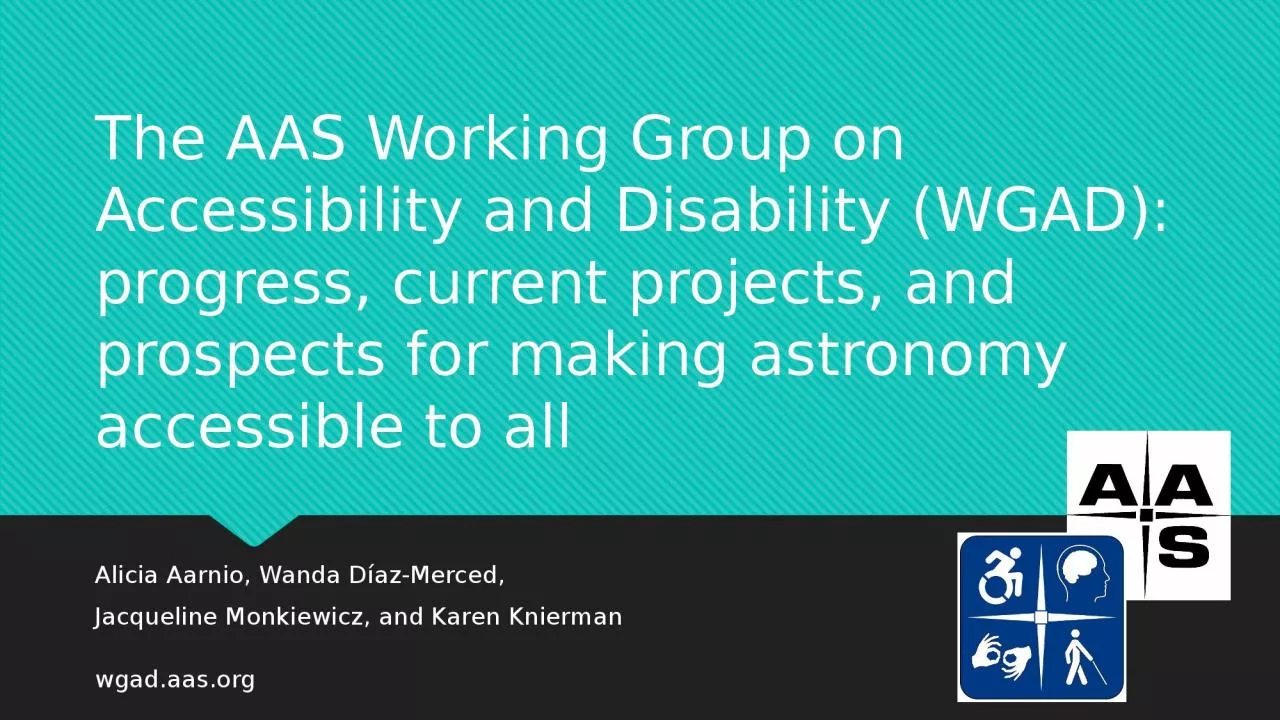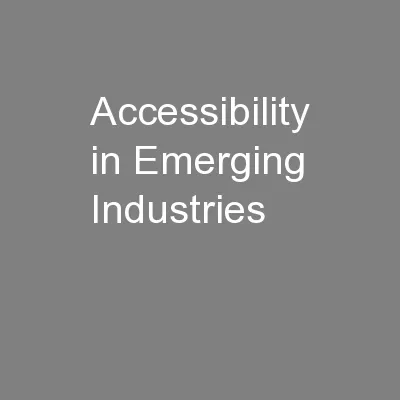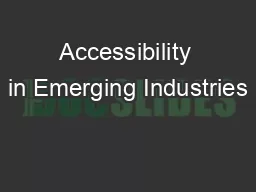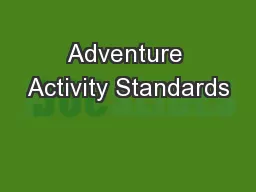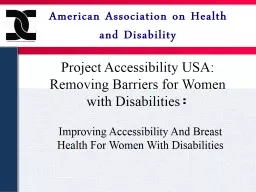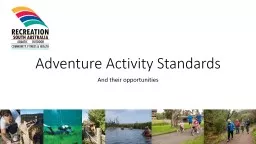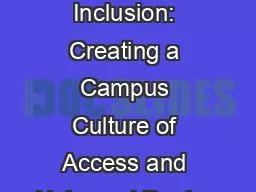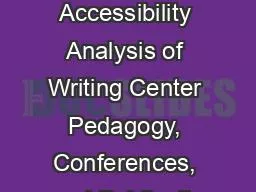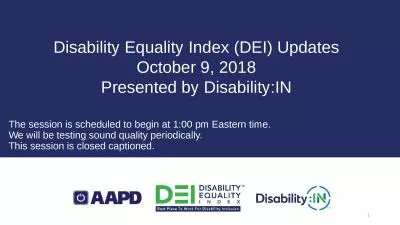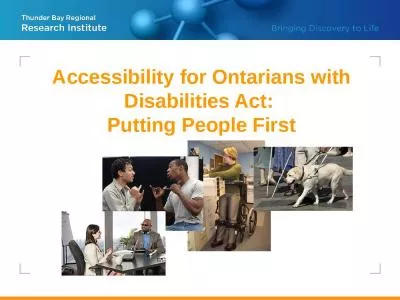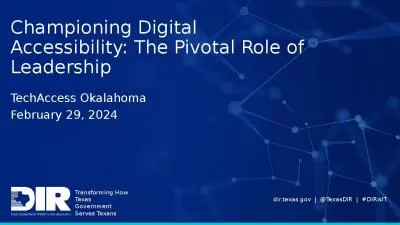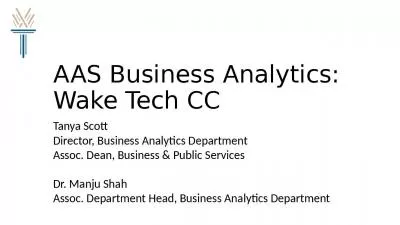PPT-The AAS Working Group on Accessibility and Disability (WGAD): progress, current projects,
Author : genevieve | Published Date : 2022-06-07
Alicia Aarnio Wanda Díaz Merced Jacqueline Monkiewicz and Karen Knierman wgadaasorg Access Note Please use this space as you need or prefer Sit in chairs
Presentation Embed Code
Download Presentation
Download Presentation The PPT/PDF document "The AAS Working Group on Accessibility a..." is the property of its rightful owner. Permission is granted to download and print the materials on this website for personal, non-commercial use only, and to display it on your personal computer provided you do not modify the materials and that you retain all copyright notices contained in the materials. By downloading content from our website, you accept the terms of this agreement.
The AAS Working Group on Accessibility and Disability (WGAD): progress, current projects,: Transcript
Download Rules Of Document
"The AAS Working Group on Accessibility and Disability (WGAD): progress, current projects,"The content belongs to its owner. You may download and print it for personal use, without modification, and keep all copyright notices. By downloading, you agree to these terms.
Related Documents

